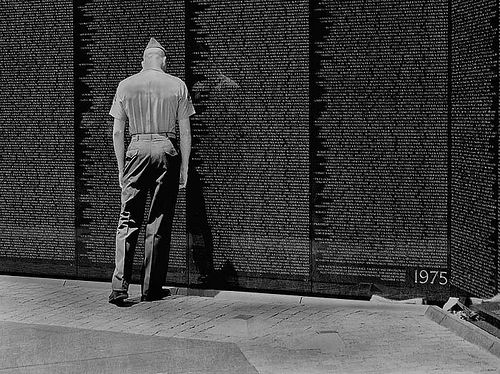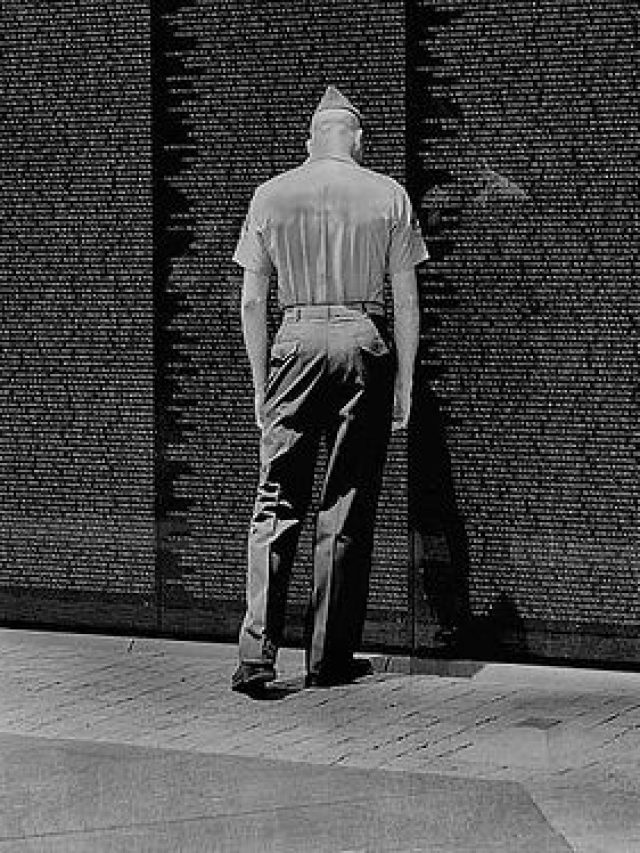American architect and artist Maya Lin is well-known for her environmental art and architectural designs. At an early age, she became famous for designing the Vietnam Veterans Memorial in Washington, D.C. The memorial, finished in 1982 while Lin was still a college student and only 21 years old, is a moving and well-received homage to the heroes who fought in the Vietnam War.
Maya Lin was born in Athens, Ohio, on October 5, 1959. She is from an educated family; her mother is a poet, and her father is a ceramicist who served as dean of Ohio University’s College of Fine Arts. Through a nationwide competition, Lin’s design for the Vietnam Veterans Memorial was chosen, and its unusual and minimalist style sparked both praise and controversy.
Following the completion of the Vietnam Veterans Memorial, Maya Lin has made noteworthy advancements in the domains of architecture and art. The interaction between nature, the environment, and human experience is a common theme in her work. Lin has worked on several architectural projects, including the University of Michigan’s Wave Field installation and the Civil Rights Memorial in Montgomery, Alabama. Maya Lin is a creator of various artworks, including installations and sculptures. Her work is distinguished by its philosophical depth and relationship with nature. She has won multiple accolades for her contributions to art and architecture.
Vietnam Veterans Memorial
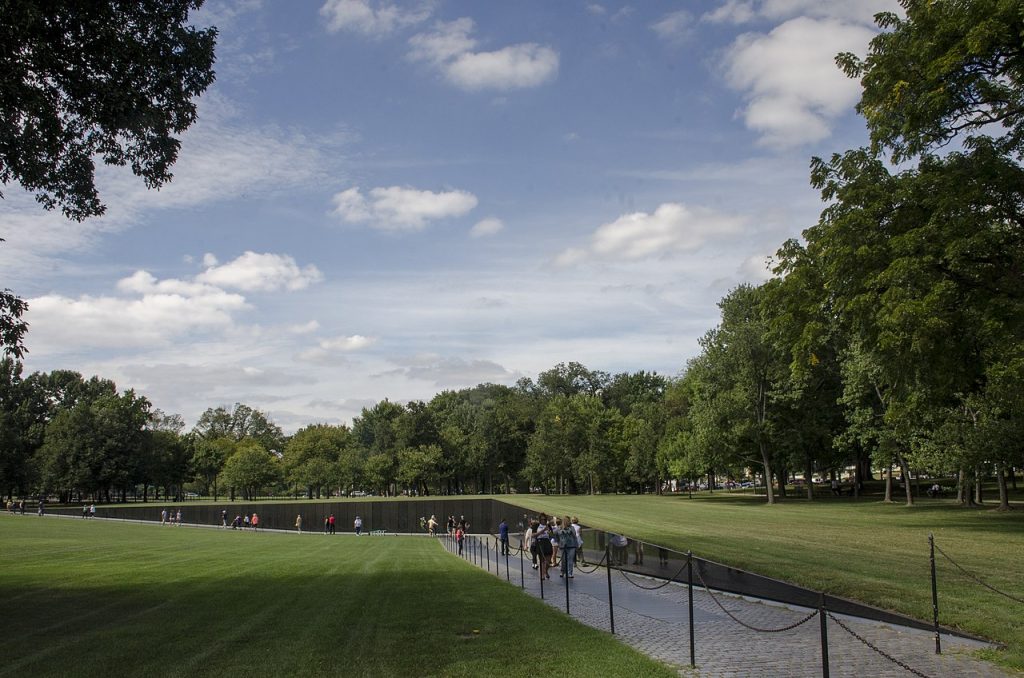
Maya Lin’s design for the Vietnam Veterans Memorial in Washington, D.C., won her praise on a global scale. The memorial’s innovative, thoughtful, and simple design inspired a new direction in memorial architecture and turned it into a potent symbol. It illustrated the power of art and design to arouse strong emotions and catalyse collective memory.
Lin’s art is frequently linked to minimalism, defined by its clarity, simplicity, and emphasis on critical components. Her original and considerate approach defies accepted wisdom, showing how minimalism can elicit strong feelings and send a powerful message. This has had a long-lasting effect on modern architecture and art. Lin fervently supports environmental causes, and her artwork frequently examines the relationship between the environment, human experience, and nature. This dedication aligns with a more significant modern art movement that tackles environmental issues. Lin’s ecological consciousness has facilitated an increasing understanding of the connection between art, culture, and the environment.
The distinctions between art and architecture are dissolved in Lin’s transdisciplinary work. Her ability to deftly blend creative ideas into architectural settings calls into question the conventional boundaries between these fields. A generation of architects and artists has been impacted by this method, which encourages them to consider the overall effects of their work on the emotional and physical settings.
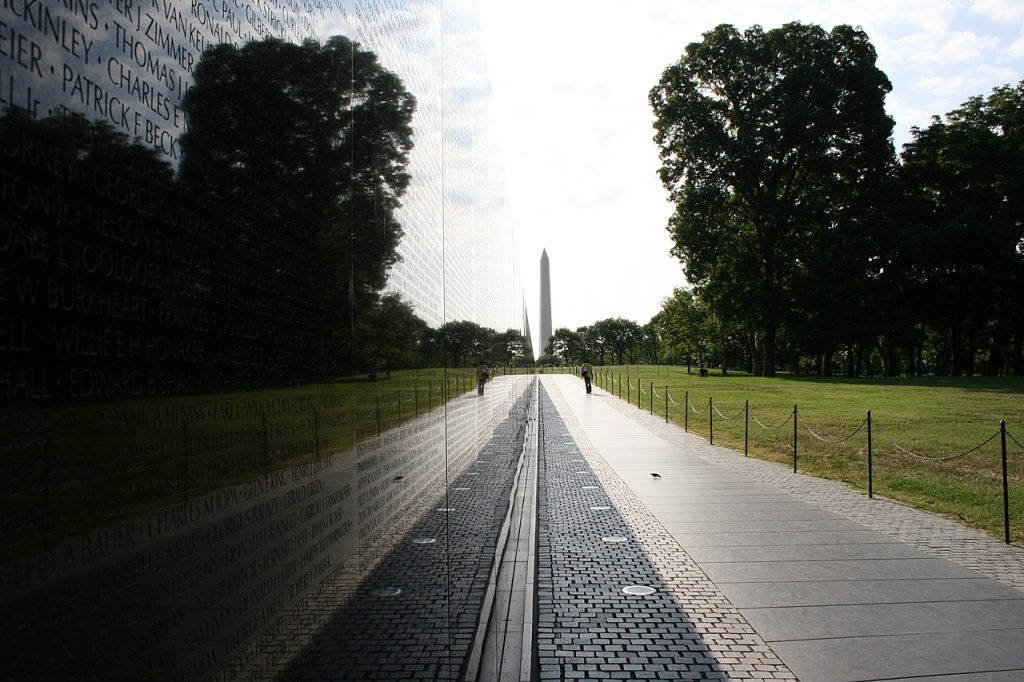
Lin’s success in producing influential public art has affected how artists approach projects meant for general settings. Her work has demonstrated the potency of art as a tool for introspection, public dialogue, and memorialization. Public art has the power to unite communities, promote conversation, and enhance a location’s cultural character, as demonstrated by Lin’s contributions.
Art Against War and Maya Lin
The Vietnam Veterans Memorial, designed by Maya Lin, is a potent illustration of how art can confront and address the effects of war. The Vietnam Veterans Memorial has been seen as a moving and reflective place that encourages thought on the human cost of war and the individual sacrifices made by soldiers, even if it is not overtly anti-war.
The Vietnam Veterans Memorial humanises the experience of war with its reflective black granite walls that bear the names of nearly 58,000 servicemen and women who lost their lives or disappeared during the conflict. By placing a face on the data, it counteracts the abstract nature of war by highlighting the personal and human costs. The memorial’s design produces a sad and contemplative ambience, featuring polished surfaces that reflect visitors and the surrounding area. The memorial has a strong emotional impact, bringing up a variety of emotions such as sorrow, grief, and the pointlessness of war.
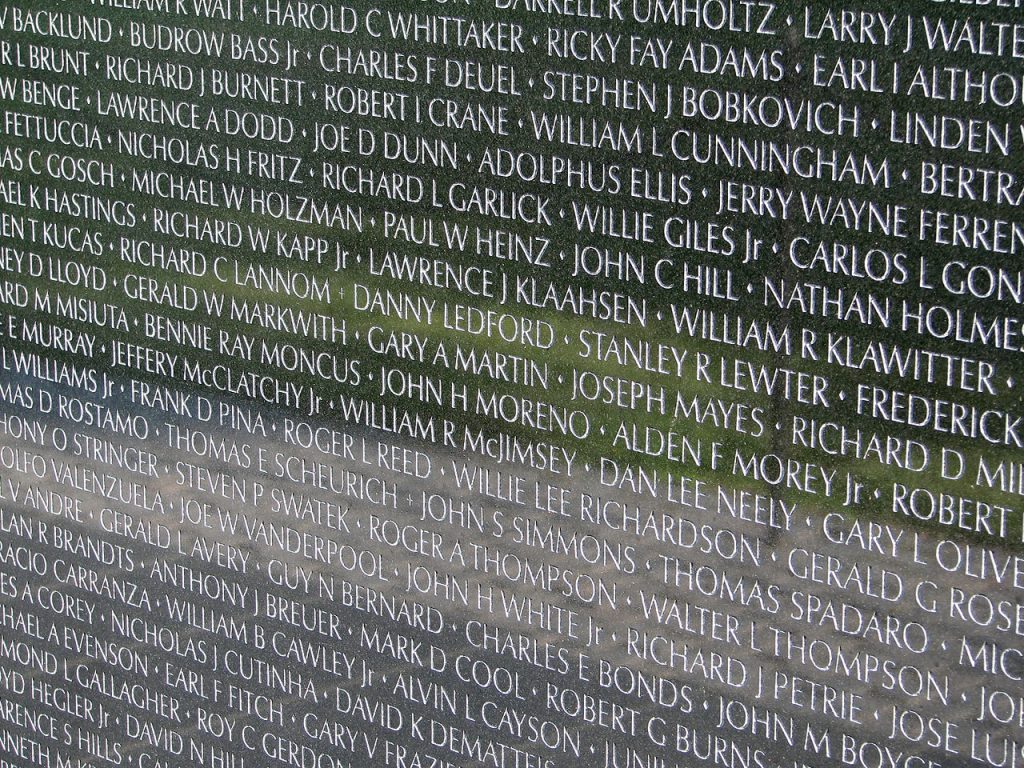
The memorial offers a quiet area where guests can reflect on and honour the memories of those who fought in Vietnam. It promotes peaceful, introspective participation and cultivates compassion and understanding. The encounter takes on a visceral, personal dimension when one touches the names written on the wall. Maya Lin approaches The memorial differently than the conventional colossal forms connected to war memorials. Instead of exalting battle or bravery, her artwork centres on the aftermath and influence of hostilities on people and societies. This anti-monumentalism questions ideas regarding the design and purpose of military memorials.
The memorial offers a space for introspection and discussion. Memorabilia, letters, and other personal belongings are frequently left by visitors, transforming the monument into a live example of the lasting effects of war. It turns into a place for storytelling, healing, and remembering.

